Description
Mathematical Methods for Physical and Analytical Chemistry presents mathematical and statistical methods to students of chemistry at the intermediate, post-calculus level.
The content includes a review of general calculus; a review of numerical techniques often omitted from calculus courses, such as cubic splines and Newton’s method; a detailed treatment of statistical methods for experimental data analysis; complex numbers; extrapolation; linear algebra; and differential equations.
With numerous example problems and helpful anecdotes, this text gives chemistry students the mathematical knowledge they need to understand the analytical and physical chemistry professional literature.
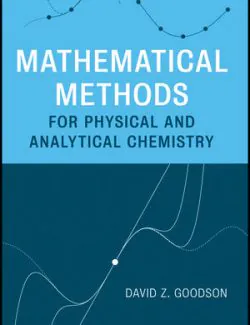
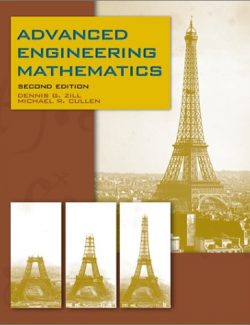
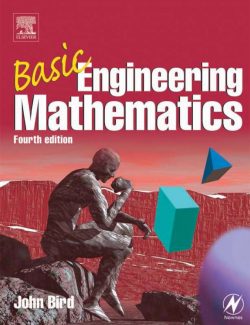
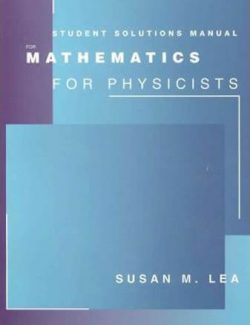
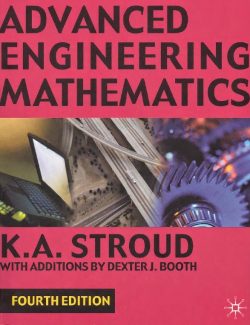
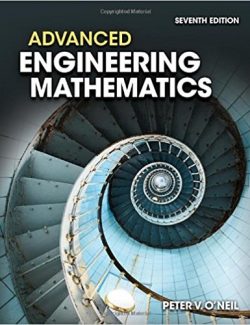
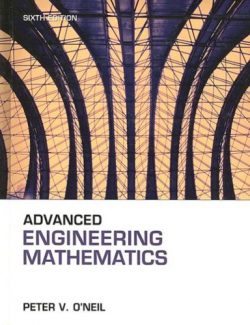
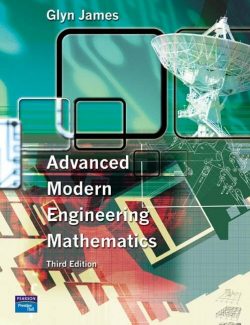
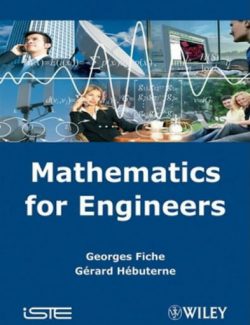
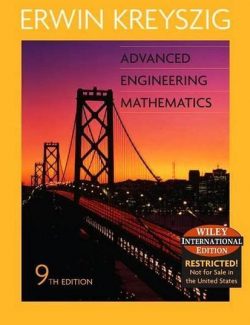
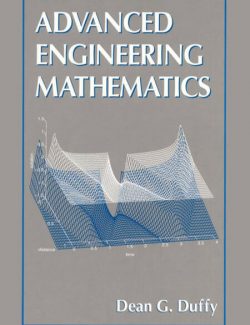
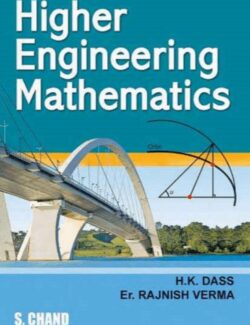
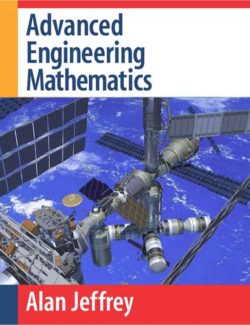
Leave us a comment
2 Comments